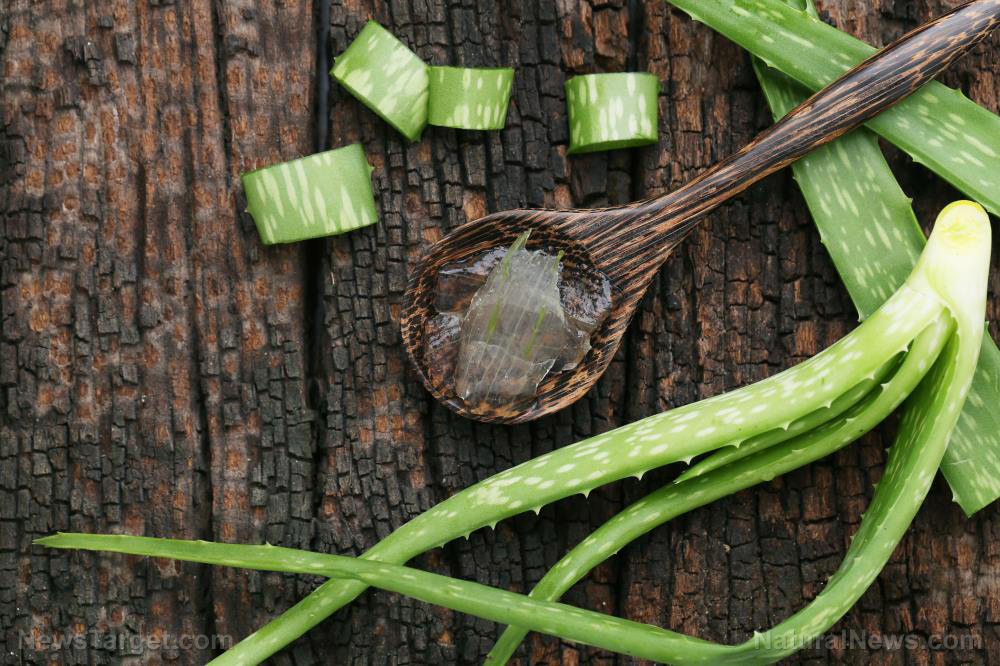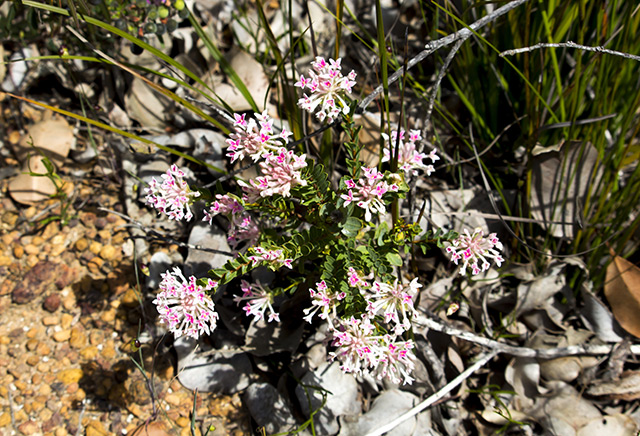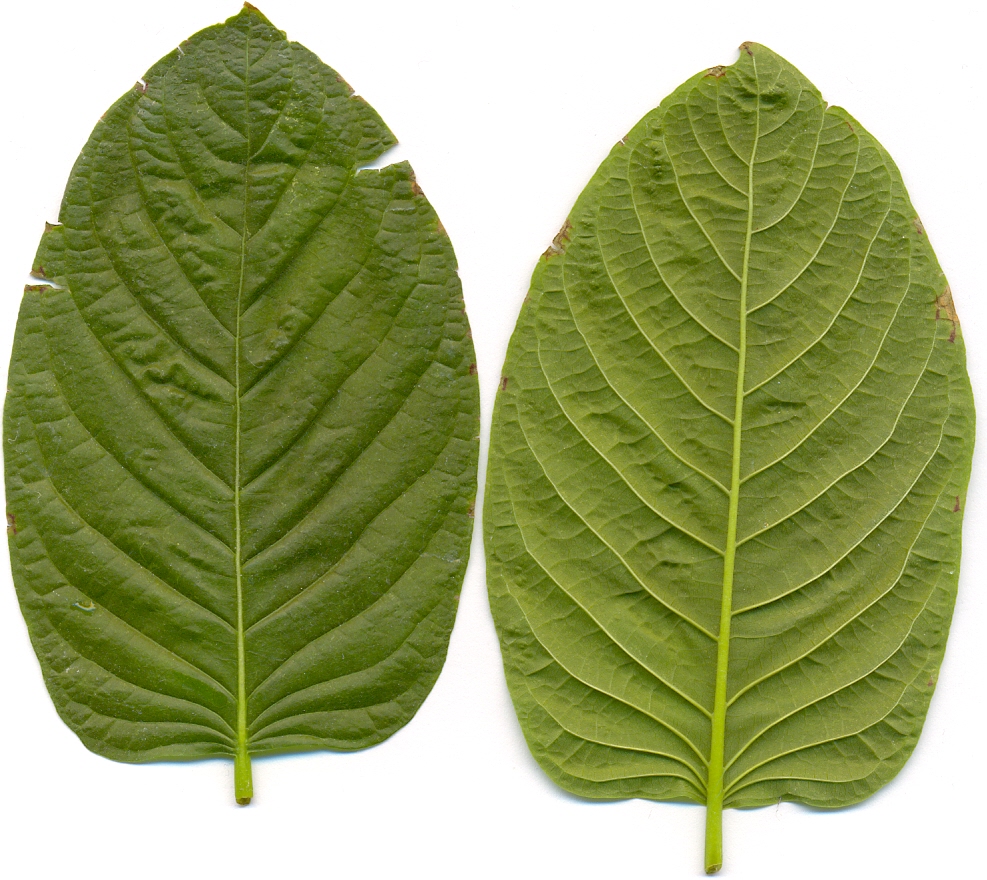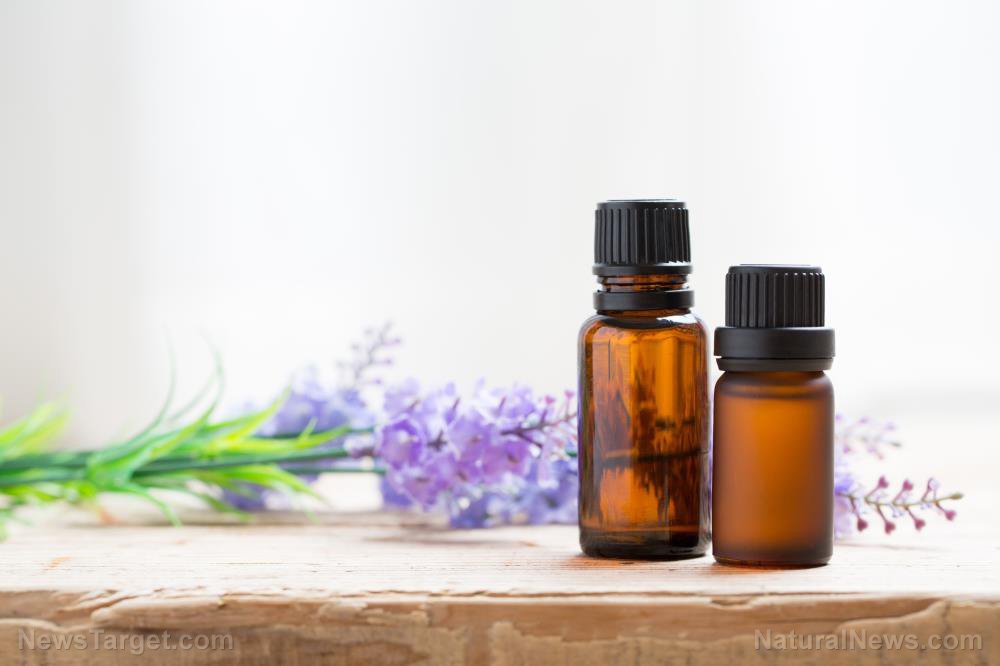Can aloe vera treat the harmful side effects of radiation therapy?
03/13/2020 / By Evangelyn Rodriguez

One of the most well-known succulent plants on the planet, aloe vera is cultivated in many parts of the globe for its agricultural and medicinal applications. The earliest use of aloe vera as a natural medicine dates back some 6,000 years ago when the ancient Egyptians discovered its skin-nourishing and cleansing properties.
Today, aloe vera is still popular for skin care and is widely regarded as an effective remedy for various skin problems — even those caused by harsh treatments like radiation therapy. Due to aloe vera’s widespread use among cancer patients, researchers from St. John Fisher College (SJFC) in New York decided to investigate its effectiveness in treating or preventing the adverse effects associated with the treatment.
Aloe vera shows efficacy in relieving skin reactions caused by radiation therapy
Radiation therapy is a type of cancer treatment that aims to destroy cancer cells. During this therapy, a high-energy beam is pointed at the precise location of a cancer or tumor. Radiation from the beam is then allowed to damage cancer cells by destroying their genetic material. While radiation therapy can effectively kill these cells, it also destroys normal cells in the process. Additionally, this treatment causes many side effects, including fatigue and skin-related problems like dryness, itching, blistering and peeling.
Many cancer patients are required to undergo radiation therapy and suffer adverse effects as a consequence. To remedy these effects, especially those that involve the skin, cancer patients turn to aloe vera, which is known for its antioxidant and anti-inflammatory properties. Over the years, researchers have conducted multiple controlled trials to evaluate the efficacy of this medicinal plant in addressing radiation-related skin problems.
According to the SJFC researchers, not only is aloe vera used for radiation-induced skin reactions, it is also used for the treatment of proctitis. Proctitis is inflammation of the rectum or anus — a condition commonly suffered by ovarian, prostate and rectal cancer patients who undergo radiation therapy.
In their review, which appeared in the journal Complementary Therapies in Clinical Practice, the SJFC researchers looked at previous studies on aloe vera use and found that while the plant alone may not be effective for the prophylaxis or treatment of radiation adverse effects in breast cancer patients, it can be used in combination with mild soap for the treatment of radiation-induced skin reactions.
The researchers also reported that aloe vera showed effectiveness as a skin remedy when cumulative radiation doses exceeded 2,700 centigray?(cGy) and for acute radiation proctitis.
Despite contradictory findings, the researchers found evidence to support the use of aloe vera in the treatment of radiation-induced skin problems.
Other medicinal uses of aloe vera
Among succulent plants, aloe vera is easily recognizable by its thick, pointy and fleshy green leaves. These leaves contain the gel that is commonly used in cosmetics and even for hair care. Fresh aloe vera gel is said to be an excellent moisturizer and antibacterial, and can be applied directly to the skin to address immediate concerns, such as minor cuts or skin irritation.
Here are some other uses for aloe vera: (h/t to MedicalNewsToday.com)
- A source of antioxidants, vitamins, minerals and amino acids
- A topical medicine to accelerate the healing of burn wounds
- A mouth rinse to reduce dental plaque
- A remedy for mouth ulcers or canker sores
- A natural laxative to relieve constipation
- An anti-aging topical gel that improves skin elasticity
- A traditional diabetes remedy
Aloe vera is a natural medicine that’s great to have in your garden. Learn how to grow this plant and other medicinal plants at GrowYourMedicine.com.
Sources include:
Tagged Under: aloe vera, alternative medicine, Cosmetics, herbal medicine, Herbs, natural cures, natural medicine, prevention, radiation therapy, remedies, research, skin health, Skin reactions
RECENT NEWS & ARTICLES
COPYRIGHT © 2017 NATURAL MEDICINE NEWS


















